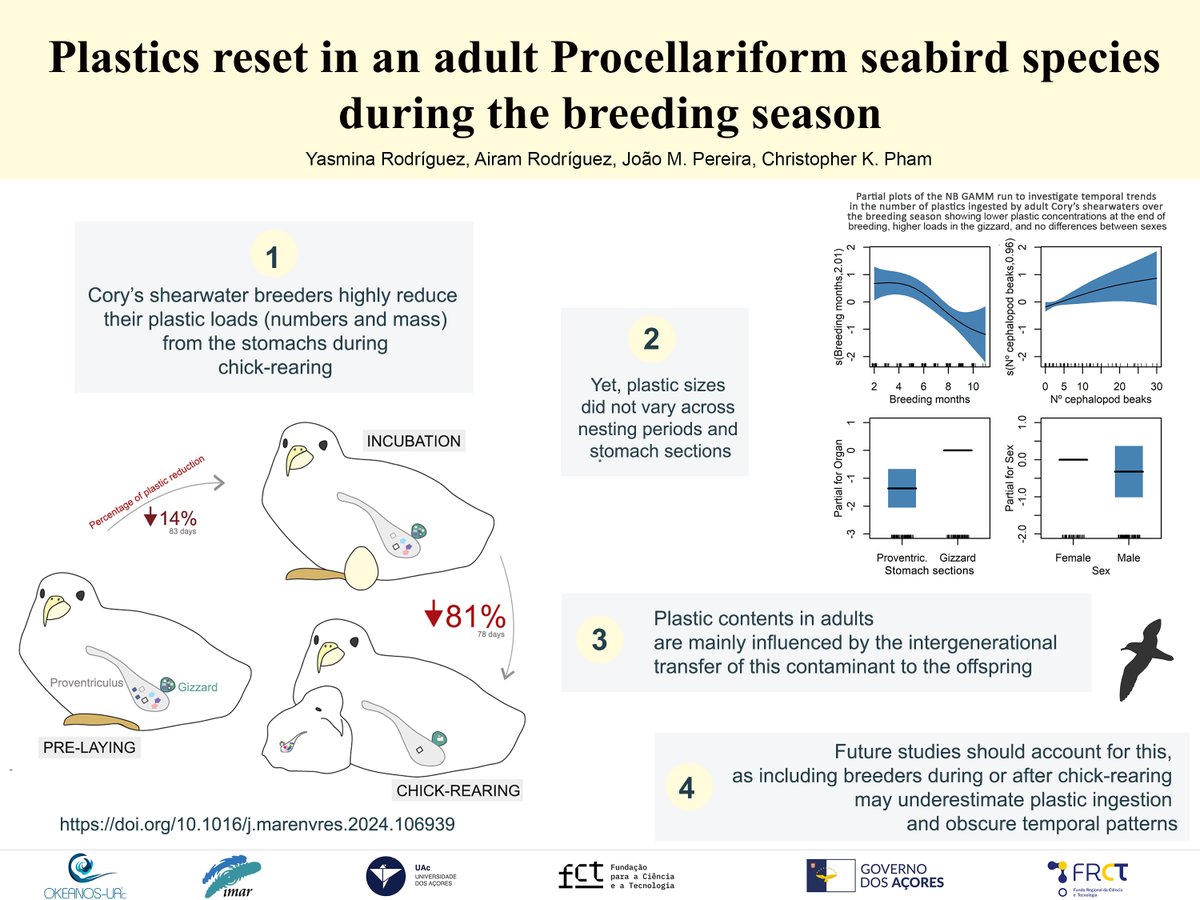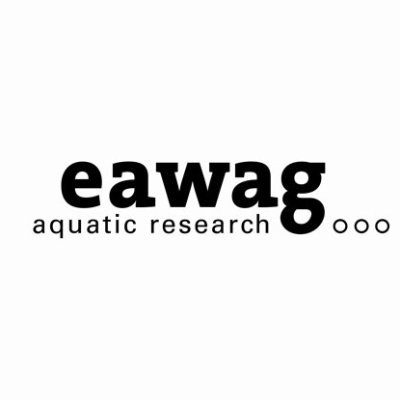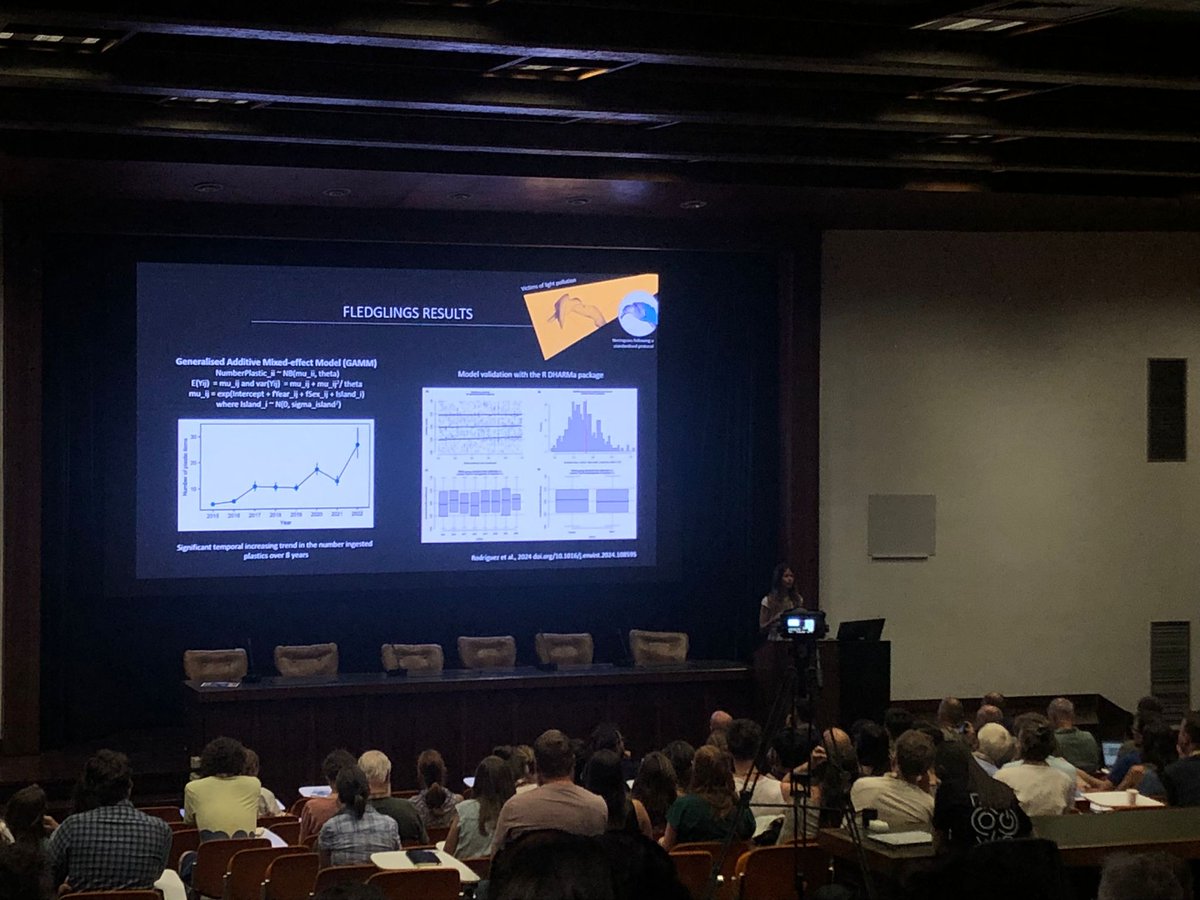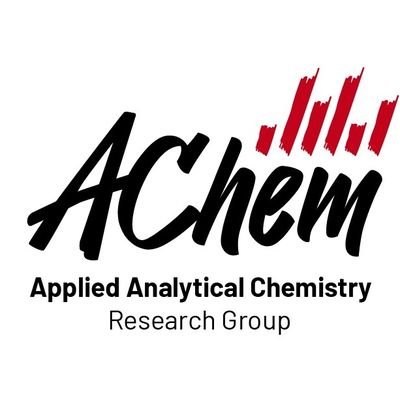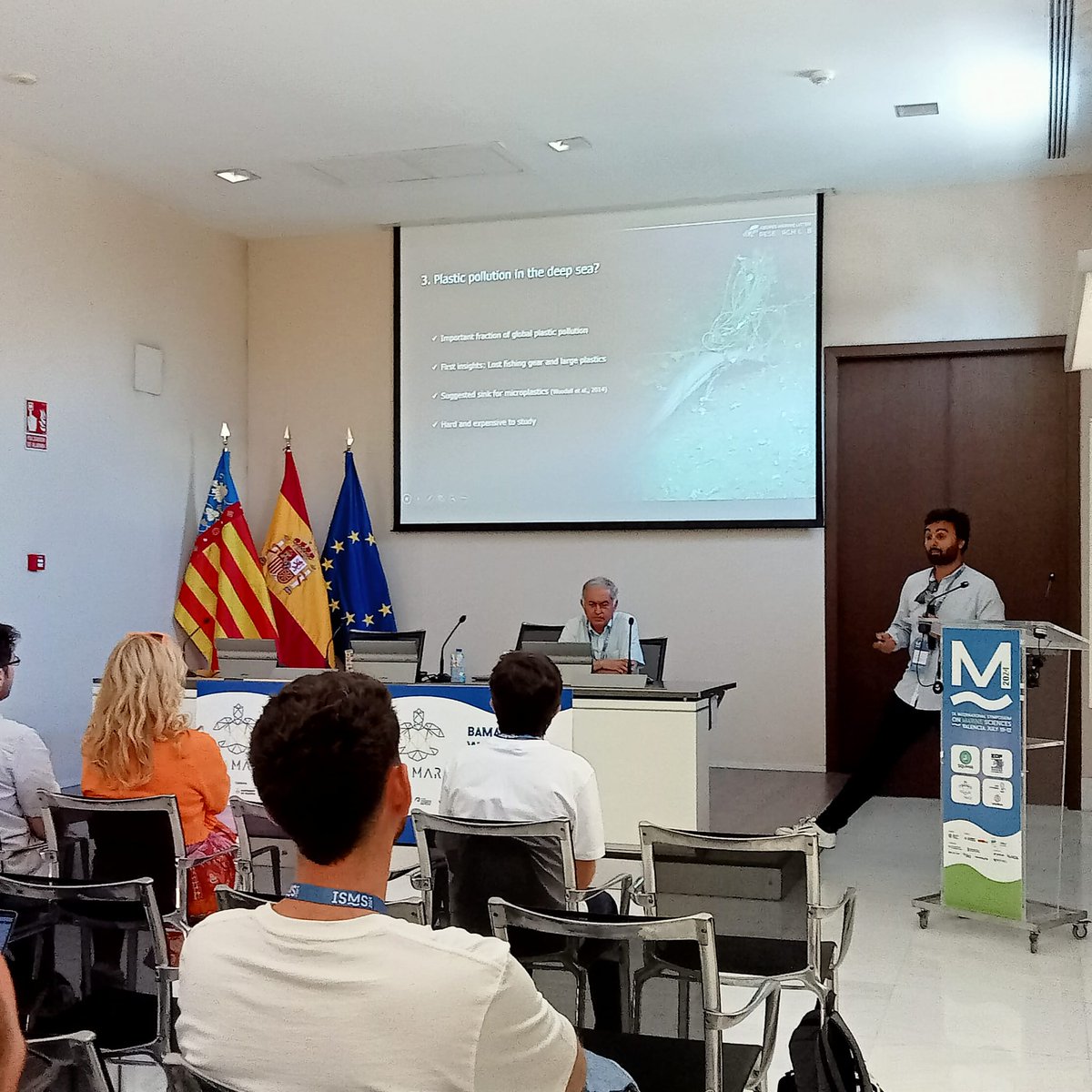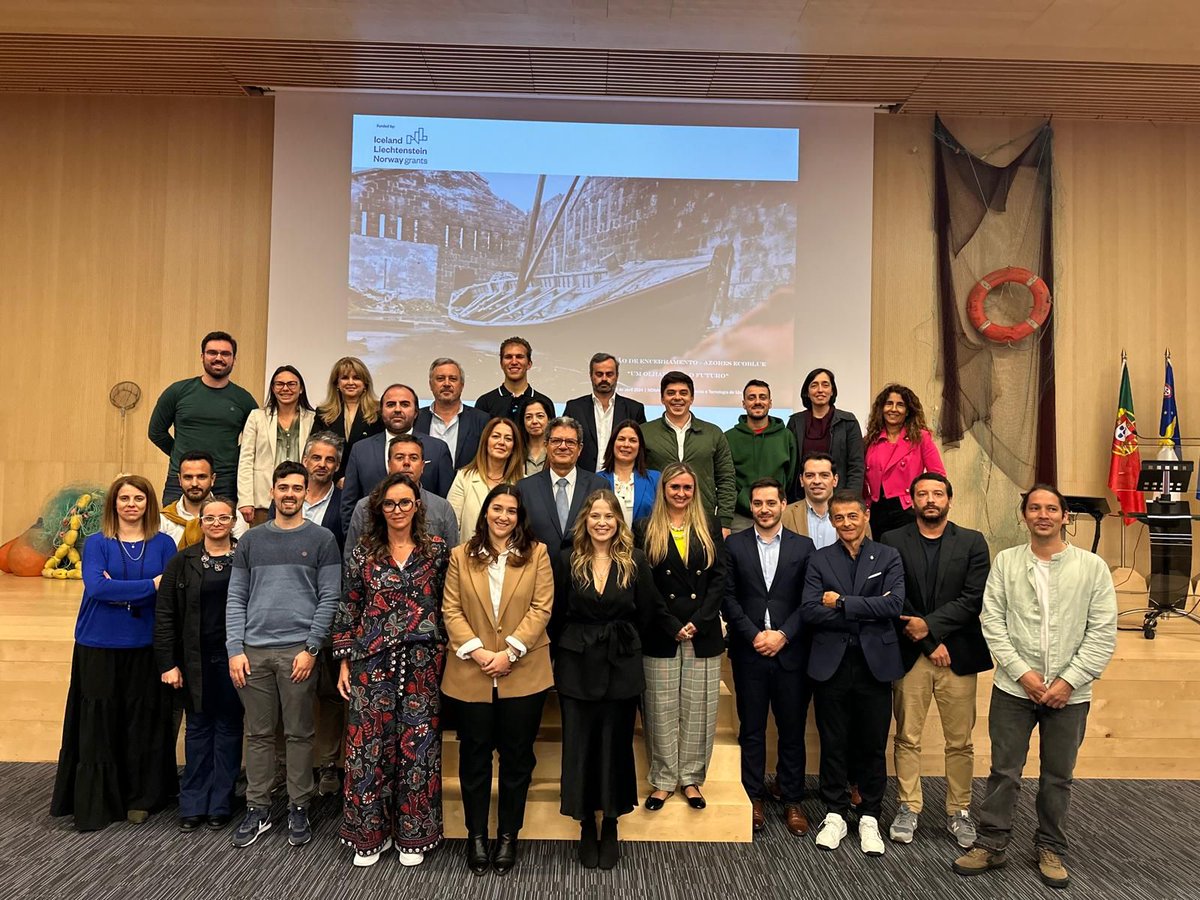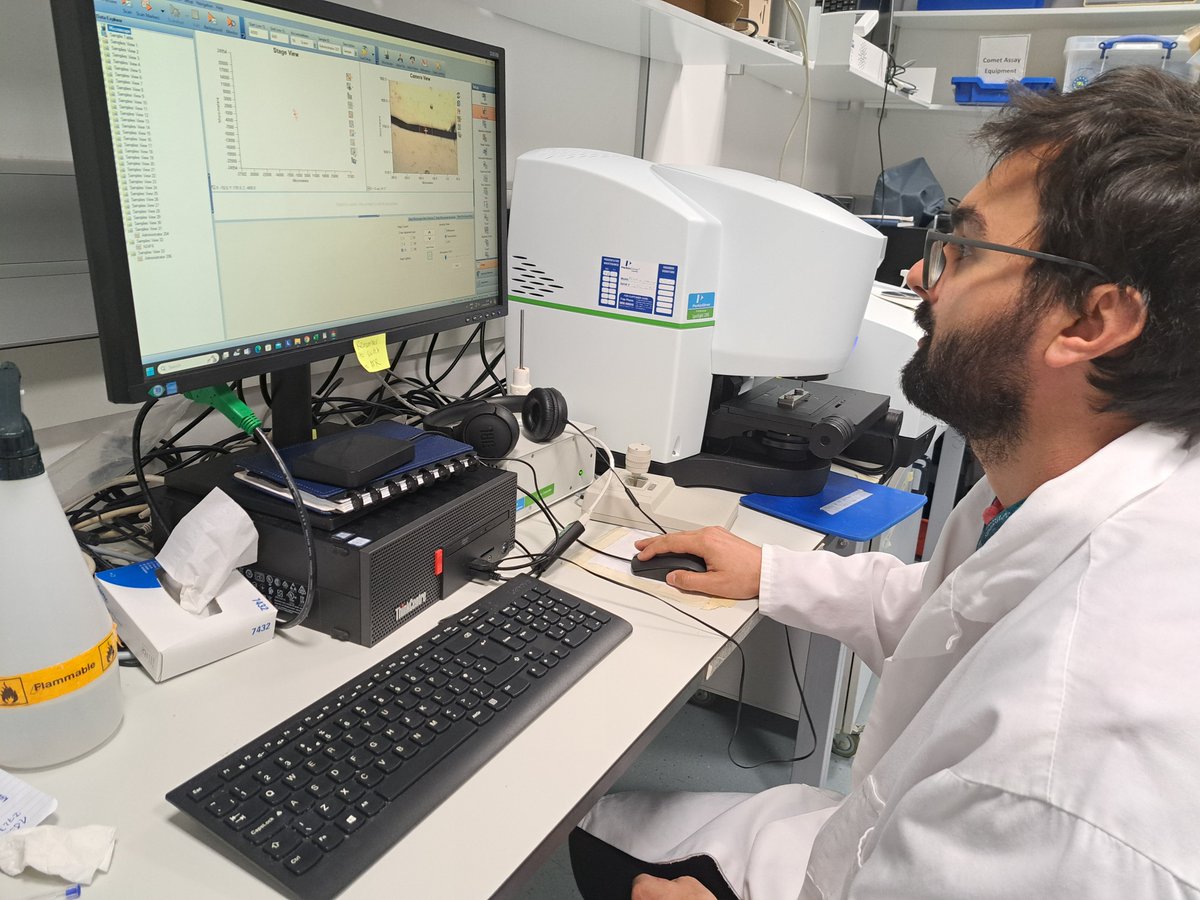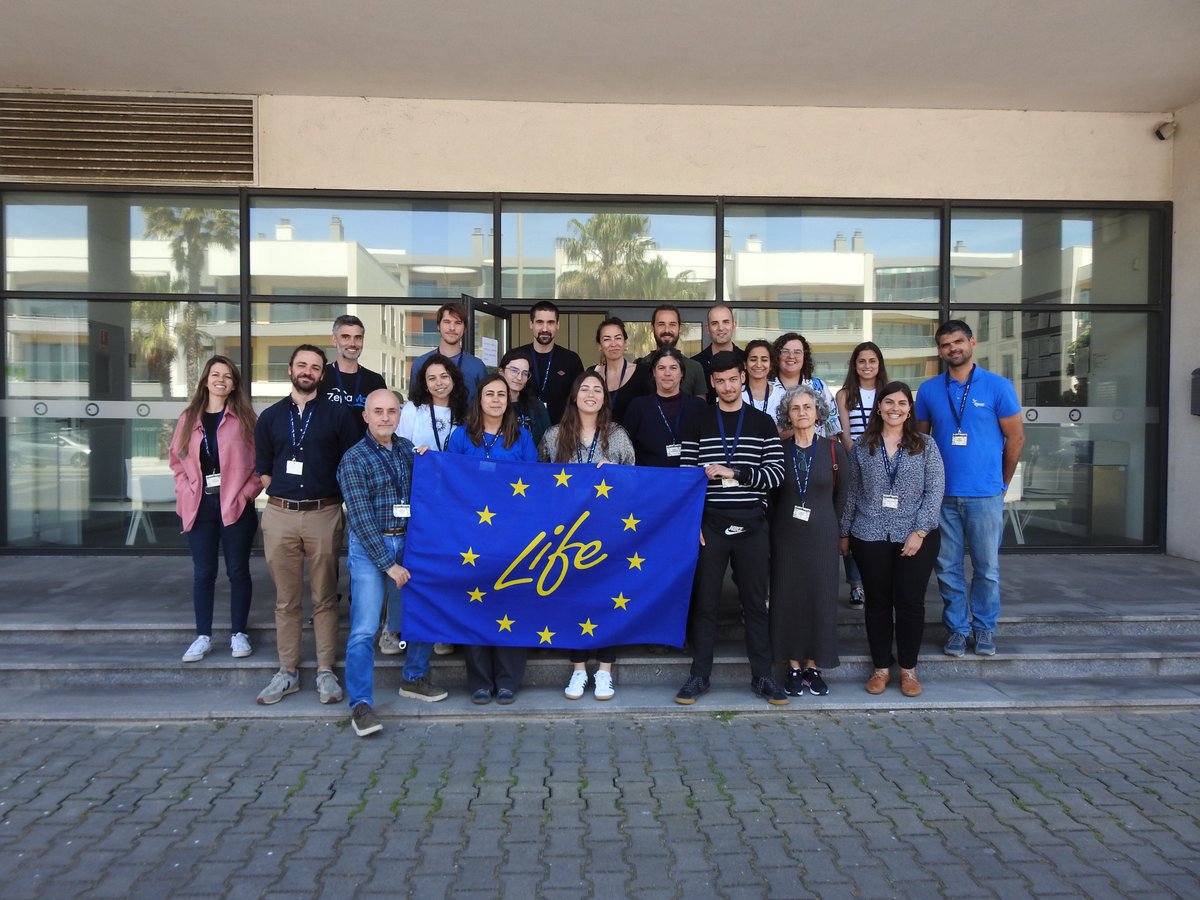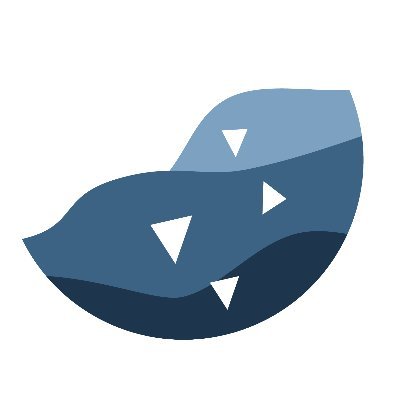
Azores Marine Litter Lab
@AzoMarineLitter
Followers
424
Following
135
Media
47
Statuses
143
Research group of @OkeanosUac based in the Azores islands investigating various aspects of marine litter. Led by @ChrisKPham
Horta, Faial
Joined April 2020
🔊NEW PAPER!🔊 Check out our latest publication showing why adult breeding shearwaters are unsuitable as indicators for plastic contamination during nesting. Addressing knowledge gaps like plastic retention time is crucial for informed policies. ➡️ https://t.co/c6NWFlm6tP
✨We kick off the year with a newly published paper exploring plastic ingestion in adult shearwaters✨ ✳️Our findings reveal that due to feeding their offspring, adults reset their plastic loads ✳️Crucial insights for using seabirds as bioindicators 👇 https://t.co/zk3HVsAAZc
0
4
11
Yesterday, I shared some of my PhD research on plastic pollution in the deep sea at #MICRO2024 What a great week of sharing it has been!
1
2
33
Great collaborative work with researchers of @EawagResearch
Eawag researchers are travelling on the Azores, taking pictures of #plankton with the #Aquascope underwater microscope camera. They have been invited by https://t.co/Wf6QcoRwtq, which aims to sample plankton. The team was supported by @AzoMarineLitter and @OkeanosUac.
0
0
5
⚠️Check out our newest publication on how cold-water octocorals interact with microplastics! 🪸📸🔬 In the paper you will find detailed descriptions of those interaction! 👇 https://t.co/7I5WPI3jU2
⚠️ New paper out!!! Excited to share our new paper on how cold-water octocoral interacts with small #microplastics using high-resolution video analysis 🪸🌊🔬 Thank you to all the co-authors for their contributions to this work!! Read here: https://t.co/tufva9OY7w
0
4
9
Yesterday our team member @YazzRodrgz presented in Coimbra at the seabird conference our recent work on how corys shearwaters can be key bioindicators on plastic pollution to support policies Check more here https://t.co/xHoGyHqJwf and on her twitter
Very glad to have presented this long-term work https://t.co/PYC2dFTWfW yesterday at #CoimbraSeabirds. Looking forward to the final day of an incredible @TheSeabirdGroup conference, filled with great scientists and insightful knowledge. @AzoMarineLitter @OkeanosUac @FRCTAzores
0
2
10
📢Alert publication!! 📢 Our new paper recording microplastic ingestion in the krill 🦐of the Azores is out! This work led by @13Criis from @AchemGroup was done in collaboration with our research group during her PhD exchange at @OkeanosUac. Check it here👇 https://t.co/DsjKLF7KOY
0
8
22
📢 NEW PAPER OUT!!! Our article "Anthropogenic particles determination in northern krill (Meganyctiphanes norvegica) from the Azores region: A keystone species for marine food webs" 🦐🦐🦐 has just been accepted in @HAZMAT_journal. Soon the proofs!!! 💪💪 https://t.co/BObXerlVu7
1
8
17
A manta ray checking our manta net!!! 😃 Yesterday, on a field trip to the Princess Alice seamount to study floating microplastics, our manta net passed the performance test of one of the Mobula tarapacana in the area! 🌊🐟 #marinelitter #fieldwork
0
0
8
Our researchers @Joaomigpereira and @YazzRodrgz attended the IX International Symposium on Marine Science #ISMS2024 in Spain this week, where they presented a chapter of their PhD work on the workshop about Marine Litter #BAMAR 🌊
0
2
8
Presenting at the IX International Symposium on Marine Science #ISMS24 in Spain our new unpublished research regarding the transfer of persistent organic pollutants (POPs) from plastics to Cory's shearwaters due to their ingestion of plastic litter. @AzoMarineLitter
0
2
15
Presenting some of my work reviewing #PlasticPollution in the #deepsea at the IX International Symposium on Marine Sciences #ISMS2024 in Valencia
0
3
13
Yesterday, we did beach sampling for the Ocean Travelers project of the @SmithsonianEnv. We collected 100 items in 15 min by 3 people! As usual for oceanic islands, most debris was from distant sources. Check more about this interesting research👇 https://t.co/oVvxIwZPV5
0
1
11
For the Spanish speakers, our group member @YazzRodrgz was interviewed 🎤📽️by @RTVECanarias about our recent publication about Cory's shearwater being implemented as a bioindicator to monitor plastic contamination in the Canaries. Check the news here 👇
🔸 Casi 13 millones de toneladas de plástico llegan a los océanos cada año. Un nuevo estudio en el que ha participado la @ULL ha utilizado a la pardela, por primera vez, como un indicador para determinar cuántos plásticos acaban en las costas canarias.
0
4
14
Our coordinator @ChrisKPham and the @OkeanosUac director attended the final meeting of the project “Azores EcoBlue” to present the results of material flow analysis (MFA) of commercial fishing gears in the Azores. Check➡️ https://t.co/eufk41TeHn
#circulareconomy #marinelitter
0
2
10
Fourier-transform infrared spectroscopy (FTIR) is a time-consuming technique yet essential to validate the results in microplastic studies. It identifies the chemical composition of any suspected microplastic, allowing the separation of microplastics from non-plastic particles.
0
0
0
Our group member @joaomigpereira has been busy working with his supervisor @CezzaLew at @ExeterMarine 🌊✍️🔬For several weeks, João has been identifying microplastic polymers of deep-sea sinking particles with the FTIR!
1
2
10
If you haven't read yet our recent work presented in that workshop 'Cory's shearwater as a key bioindicator for monitoring floating plastics' check the link 👇 https://t.co/WBPevWmQ80
0
0
1
The workshop took place in Peniche, in the CETEMARES building of the Polytechnic Institute of Leiria, and was attended by SeaBil project partners from Spain and France, as well as other guests from various universities and other organizations.
1
0
0
Our researcher @YazzRodrgz was invited by @spea_birdlife to present her research work at the II transnational workshop of the LIFE SeaBil project ( https://t.co/okUAKOBRmX), which addressed the issue of monitoring the impact of marine litter on seabirds. 📷L. de Vega @SEOBirdLife
1
3
12
We truly appreciate the recognition that our recent study on Cory's shearwater as a bioindicator for monitoring floating #plastic pollution in the North Atlantic has gained in the Portuguese and Spanish media!
Nuestro artículo sobre la pardela cenicienta como un bioindicador de los plásticos marinos es recogido por varios medios de comunicación https://t.co/8Pp6oGMkFu 👇enlaces debajo
0
0
7


